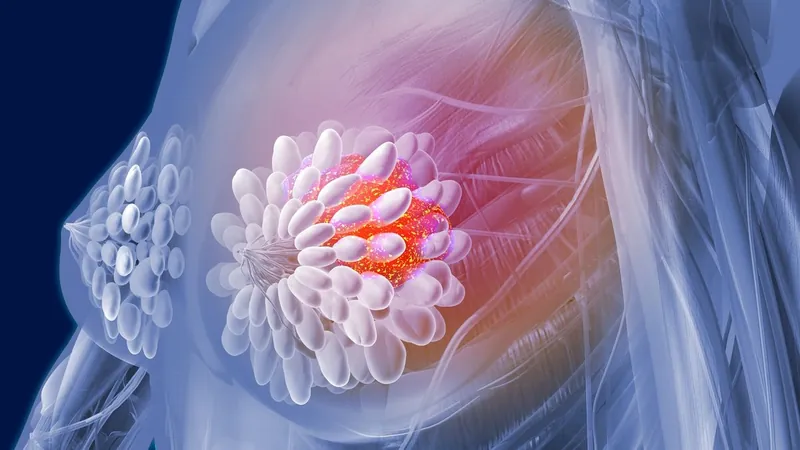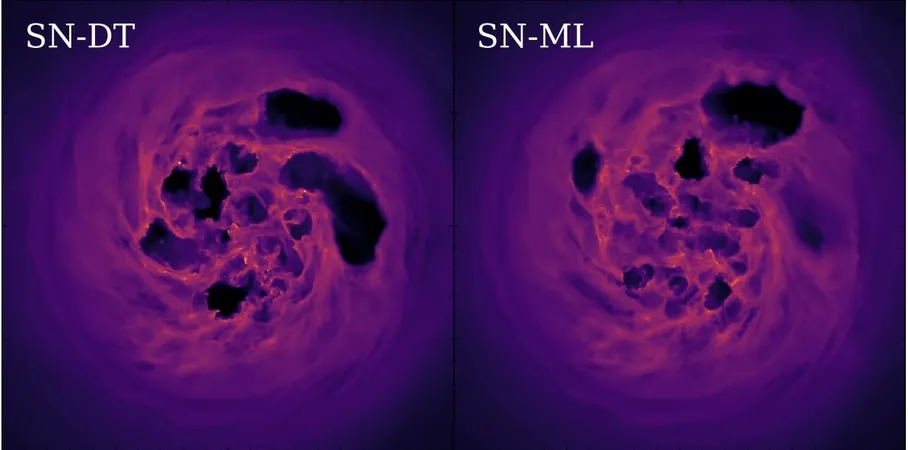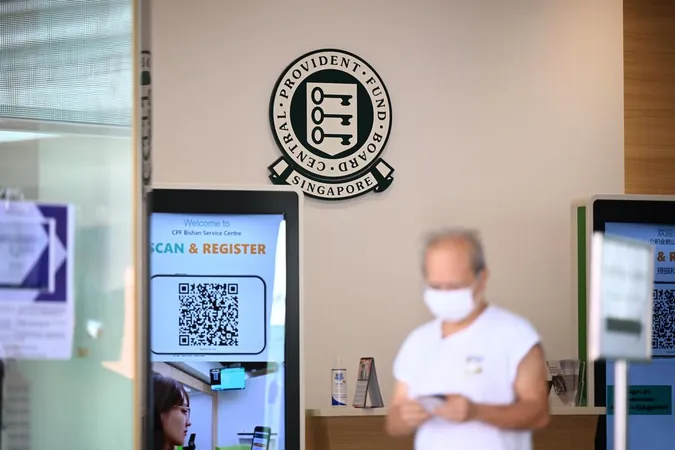
Shocking Discovery: Healthy Breast Cells Mimic Cancer Traits, Puzzling Researchers!
2025-01-02
Author: Li
Shocking Discovery: Healthy Breast Cells Mimic Cancer Traits, Puzzling Researchers!
In a groundbreaking revelation, researchers have discovered that healthy breast cells can exhibit characteristics typically associated with invasive cancer, posing significant challenges for early breast cancer diagnosis.
Traditionally, cancer cells are distinguished by their abnormal chromosome counts—either an excess or a deficiency. However, in a recent study published on November 20 in the prestigious journal Nature, scientists have uncovered that a subset of healthy breast epithelial cells also display these chromosomal abnormalities, known as aneuploidy, raising alarms about current screening practices.
Human cells usually contain 23 pairs of chromosomes, half inherited from each parent. During cell division, these chromosomes are duplicated to ensure that daughter cells receive the correct genetic material. Occasionally, this process can veer off course, particularly during tumor development, leading to aneuploidy—a situation where cells possess an irregular number of chromosomes.
Historically, aneuploidy has been regarded as a key indicator for cancer, with around 90% of solid tumors exhibiting this genetic anomaly. Consequently, scientists have been developing blood and tissue screening methods for detecting aneuploidy in patients, though this approach remains underutilized in clinical settings.
In this new study, researchers analyzed over 83,000 breast epithelial cells from 49 healthy women who had undergone breast reduction surgeries and had no history of cancer. To their astonishment, they found that approximately 3% of these healthy cells exhibited aneuploidy. Notably, over 80% of these aneuploid cells displayed alterations in their DNA structure, which could potentially disrupt gene expression, a factor linked to diseases including invasive cancer.
“This was very unexpected,” remarked Nicholas Navin, a co-author of the study and a professor at MD Anderson Cancer Center. “We would have classified these cells as having invasive breast cancer based on these [DNA] aberrations.”
Among the significant findings was the identification of specific chromosomal changes. For instance, one woman had 70 cells with extra copies of chromosome 1 and 73 with additional copies of another chromosome, along with several cells missing copies of chromosome 16. The most common changes noted included increased copies of chromosome 1 and losses of chromosomes 10, 16, and 22, which are typically associated with various breast cancer types, including estrogen-receptor (ER)-positive and ER-negative cancers.
Although the implications of these findings remain unclear, researchers posit that women demonstrating higher frequencies of aneuploid cells may have an elevated risk of developing breast cancer. The study urges a reconsideration of how we define and identify cancerous cells, potentially transforming screening methods in the future.
Moving forward, Navin and his team are dedicated to investigating whether the presence of aneuploid cells in healthy breast tissue could serve as a warning sign for potential tumor development, paving the path for innovative diagnostic tools that could save lives. The scientific community is buzzing with the possibilities of these findings, as they could redefine our understanding of breast health and the onset of cancer.
Stay tuned as this story develops—this pivotal research may just change the way we approach breast cancer diagnosis and treatment!


 Brasil (PT)
Brasil (PT)
 Canada (EN)
Canada (EN)
 Chile (ES)
Chile (ES)
 Česko (CS)
Česko (CS)
 대한민국 (KO)
대한민국 (KO)
 España (ES)
España (ES)
 France (FR)
France (FR)
 Hong Kong (EN)
Hong Kong (EN)
 Italia (IT)
Italia (IT)
 日本 (JA)
日本 (JA)
 Magyarország (HU)
Magyarország (HU)
 Norge (NO)
Norge (NO)
 Polska (PL)
Polska (PL)
 Schweiz (DE)
Schweiz (DE)
 Singapore (EN)
Singapore (EN)
 Sverige (SV)
Sverige (SV)
 Suomi (FI)
Suomi (FI)
 Türkiye (TR)
Türkiye (TR)
 الإمارات العربية المتحدة (AR)
الإمارات العربية المتحدة (AR)